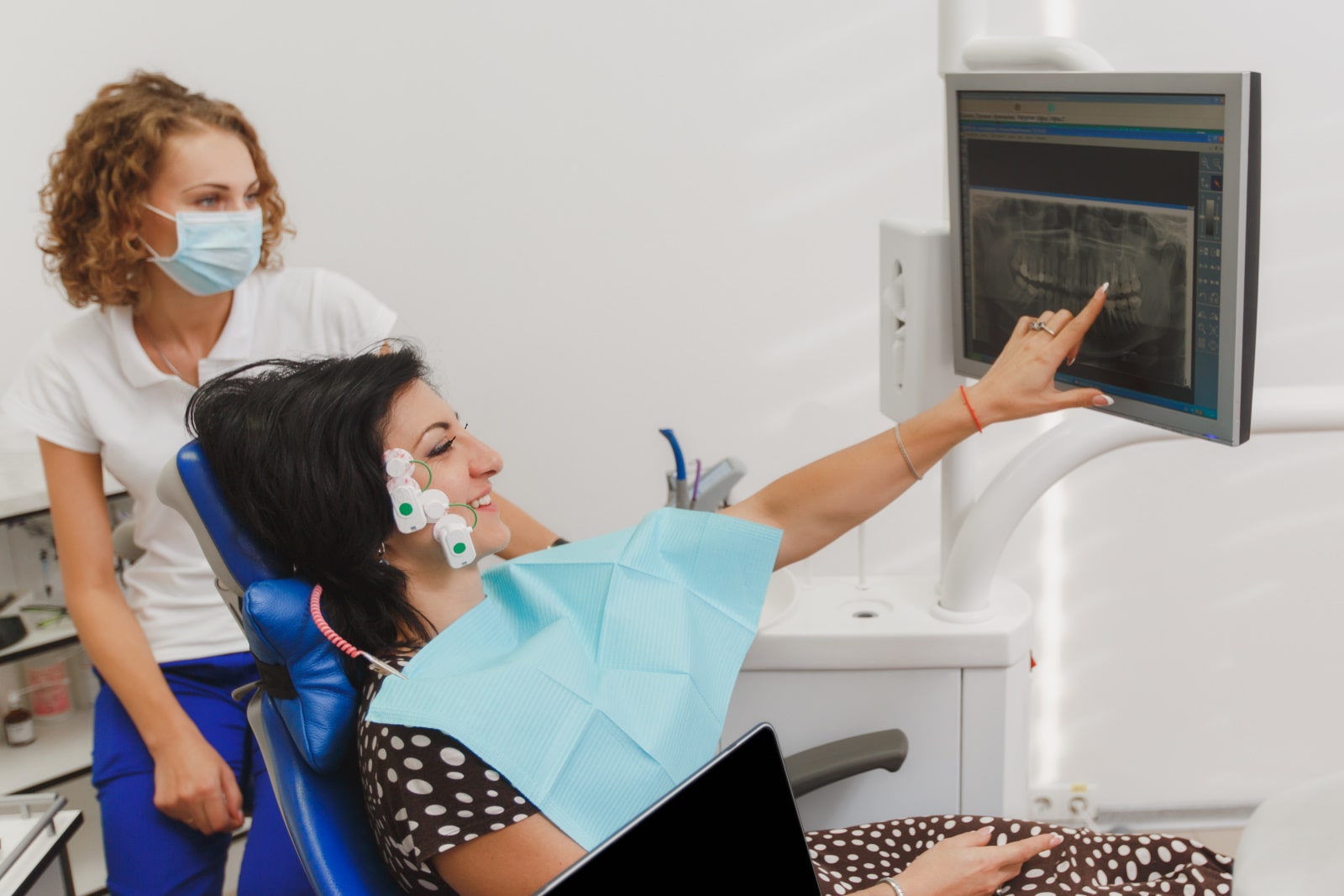Dentofacial deformities are less commonly spoken about in general dentistry, primarily because this topic is one most often dealt with by cosmetic, orthodontic, and other aesthetic-focused practices. However, these deformities are considered quite common, and if you plan on investing in dental treatments for your appearance, then it’s essential to know how your dentist will work with your to correct these deformities and provide you with an aesthetically pleasing, symmetrical smile. Below, we’ll be talking about what dental deformities are, why they’re important to treat, and how your dentist can attempt to treat them.
What Are Dentofacial Deformities?
Dentofacial deformities are defined as conditions that affect the oral structures, facial structures, and the relationship between them. This includes teeth misalignments, jaw deformities, facial structural differences, and other genetic or trauma-related conditions. These deformities are not considered inherently bad but, in severe cases, can be harmful to your oral health long-term if not treated. To diagnose these deformities, your dentist will perform diagnostic tests that measure the facial and oral structures in their function, including side profiles, front profiles, resting places of the jawline, and breathing difficulties.
When performing these tests, your dentist may potentially diagnose one or more of the following conditions:
- Gummy Smiles: Smiles that appear gummy or large occur due to the overgrowth of the skeletal ridge, and these deformities are often caused by misaligned teeth.
- Open Bites: Open bites are a type of malocclusion that causes issues with speech patterns, tongue thrust, and mouth closing problems. Open bites also typically lead to dry mouth and cavities when not treated.
- Alveolar Clefts: This type of deformity is typically associated with cleft palates or cleft lips and occurs in those who have not had lip or palate surgery. While surgery is recommended at ages 8 through 10, it can be repaired at any age.
- Macrogenia: Macrogenia is the overgrowth of the chin vertically and is often associated with other jaw deformities.
- Microgenia: Known as the opposite of macrogenia, it is the undergrowth of the chin vertically due to jaw deformities.
- Mandibular Asymmetry: Jawline asymmetry typically results from misaligned teeth and typically affects the chin and other jawline areas
- Long Face Syndrome: Long face syndrome is a combination of oral and facial deformities creating elongated features in the face, but through treatment can be corrected.
How Can Your Dentist Treat Dentofacial Deformities?
Most dentofacial deformities are addressed by specialty dentists, including orthodontists, cosmetic dentists, and prosthodontists. These dentists tend to have specific treatments in mind that enhance the symmetry and aesthetics of the face without interfering with the patient’s oral health. In some cases, improving these deformities tend to benefit the patient’s oral health by reducing the risk of oral diseases and future complications, including cavities, gum disease, and TMJ disorder. To treat these conditions, dentists can offer gum contouring, Invisalign, veneers, braces, adjunctive orchestrated orthodontic therapy, and more. So, if you’ve been finding that you have dentofacial deformities, then the best resource for treatment is your local general dentist for information about extensive treatment options.



